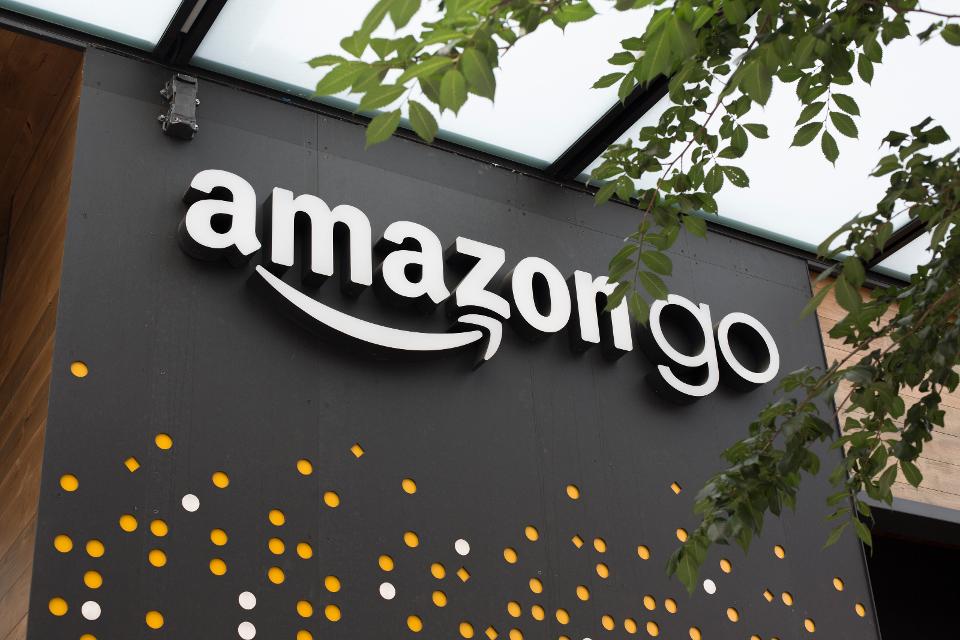Source – forbes.com
As fewer shoppers choose to frequent stores, retailers are looking for new ways to rejuvenate the shopping experience, whether through a wholesale reinvention of the retail space or by doubling down on efforts to send consumers targeted ads. To that end, retailers are increasingly turning to technologies such as artificial intelligence algorithms, messenger bots, and even robots, to gather data and improve the in-store experience for shoppers. To embrace technology, however, also means embracing data and all the challenges that come with it — namely, how to collect and store data in a way that is simple to access and easy to analyze.
Data Collection Challenges
It’s one thing to install beacons, sensors and other such technologies within a retail space, but it is quite another to actually go through the data that each piece of equipment is collecting. First, there’s the fact that different technologies measure different things: a beacon can track a customer’s movement, but a sensor placed on a shelf might be able to see which item a customer picks up and measure how long they hold it for. And because the beacon and the sensor are measuring different things, it makes it much harder to aggregate the data and get a holistic sense of what a customer is doing within the store.
The second issue is that, in most cases, the beacon and the robot (or the chatbot and the sensor, depending on the retailer) are being manufactured by two different entities and are measuring different things in different ways. The question, then, is how can retailers aggregate all of this data from different sources and bring it together so that it can be analyzed? Furthermore, how can retailers aggregate this data with the online data that they’ve already gathered from their consumers, and that is already in use for advertising campaigns?
How Amazon Is Bridging The Data Gap
It’s difficult, but it can be done. Amazon’s new grocery stores and bookstores show how technology can be seamlessly integrated into a retail space, improving the customer experience and also facilitating the collection of data on consumers. In order to shop at the Amazon Go grocery stores, for instance, shoppers need to have an Amazon account as well as the Amazon Go app on their smartphone. The Amazon Go store itself is, according to Amazon’s Chief Financial Officer Brian Olsavsky , powered by “some of the same technologies you would see in self-driving cars: computer vision, sensor, fusion, deep learning.”
By requiring each shopper to set up an account with Amazon and equipping each store with technology that is expressly designed to track their movements, Amazon has the ability to collect mountains of data on each individual’s shopping habits and behavior outside of online settings. Beyond that, it can also integrate the new information learned into the online profiles of each consumer that already exists, thus getting a better sense of a person’s motivations and shopping preferences. Amazon’s acquisition of Whole Foods will also give the company access to more retail spaces where they can roll out their new Amazon Go model, as well as increase the number of customers to collect data on.
Needless to say, most companies don’t have the capabilities, technical or otherwise, to implement this type of data-driven system in their brick-and-mortar spaces to create a bridge between online and offline profiles. But there are other tools available for use, some more sophisticated than others. Facebook and Snapchat, for example, offer ways to measure in-store attribution — the number of people who are moved to go to a physical location after seeing a digital ad — which can be analyzed in their ads systems alongside data from paid social campaigns. For brands that use both platforms, the issue is clear: How can they integrate the data from both of these platforms to make it easier to analyze their efficacy?
For companies that don’t want to keep their data in silos, there are digital platforms that allow companies to bring together data from multiple sources — in-store, email, social, digital, etc. — and analyze it as a whole for actionable insights. These tools essentially solve the problem highlighted earlier — namely, the ability to consolidate data from multiple sources into one, easy-to-use platform. This would be valuable for any retailer with lots of customer data from many different sources.
Amazon Go’s existence shows how artificial intelligence can transform the retail world and bridge the gap between offline and online data. While the technology being used is still a long way from being implemented en masse by retailers, there are other tools readily available that will significantly help retailers in their quest to gather data and improve the in-store experience. Even if retailers aren’t ready or willing to embrace humanless stores, technologies such as beacons and sensors, along with data platforms that can accurately aggregate and analyze data from multiple sources, will go a long way toward helping retailers thrive in this new e-commerce dominated world.
